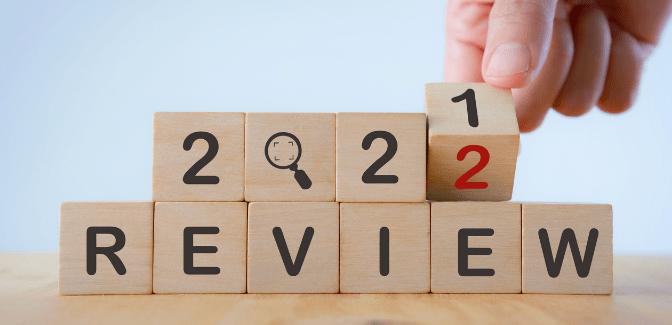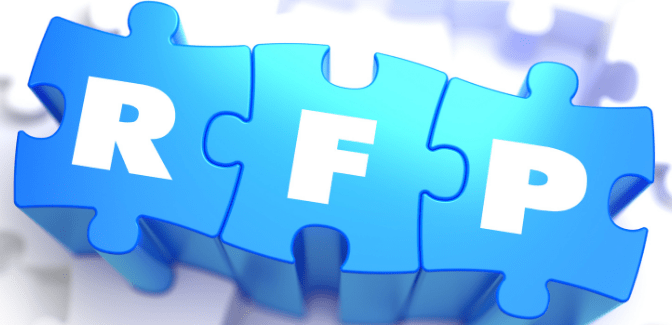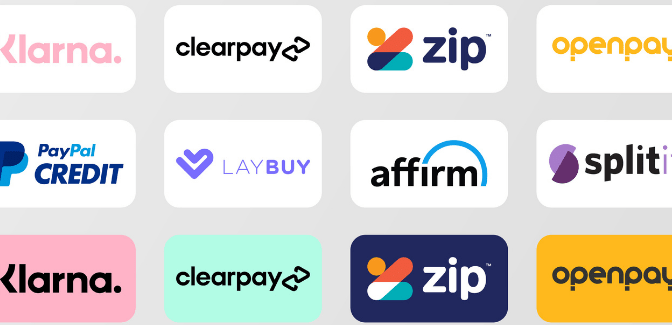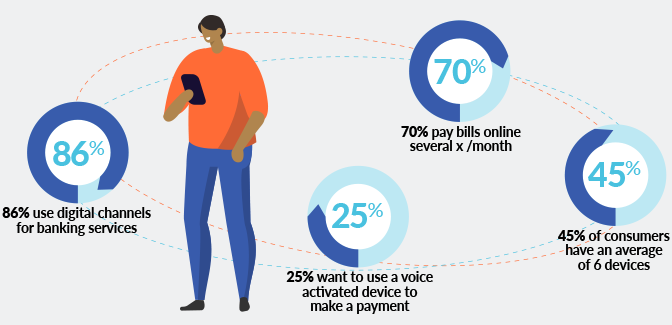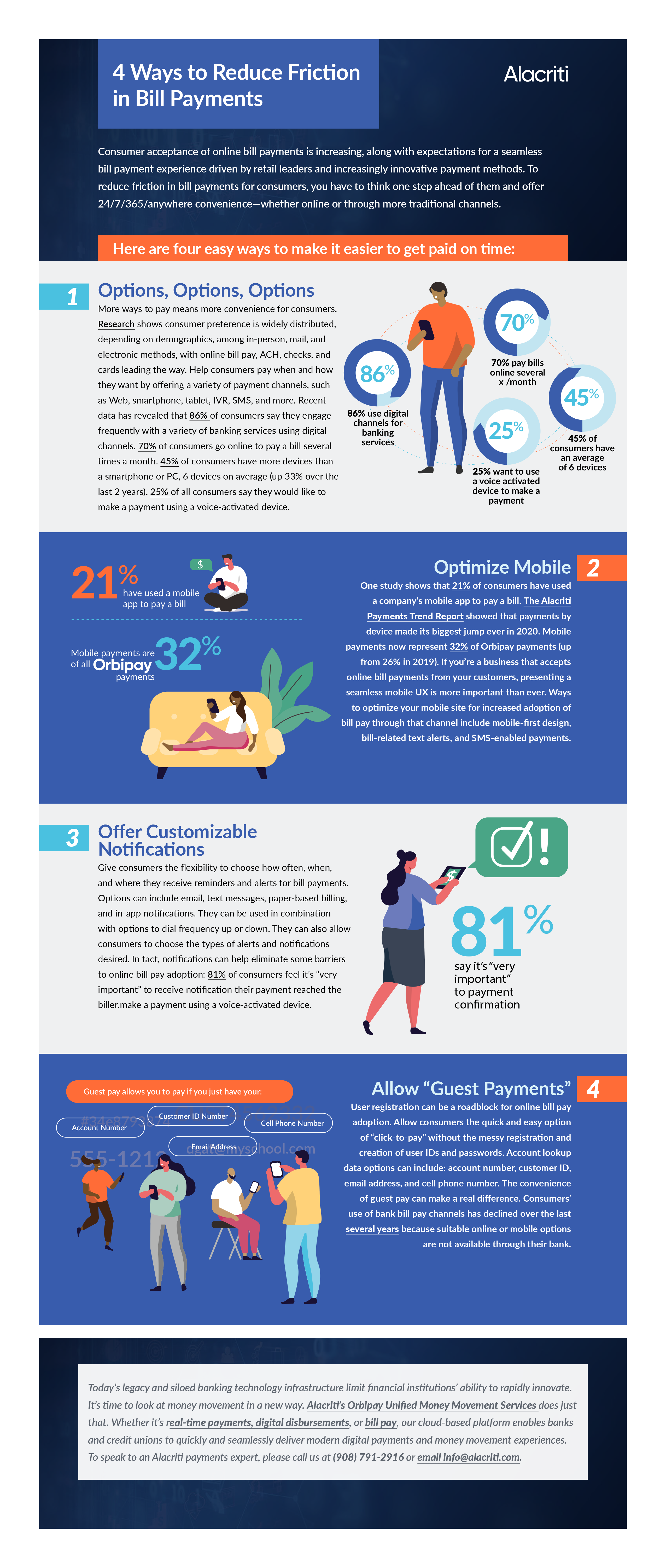*Originally published on CUInsight.com
The billing and payments landscape continues to undergo rapid change. Over the course of 2021, our blog strived to keep clients updated on the latest industry developments and offer our views on future trends. As we close another unconventional year, we’ll revisit a couple of developments we touched on earlier in the year, including real-time payments (RTP) and Buy Now, Pay Later (BNPL), as well as provide a look ahead at cryptocurrency and how its increased adoption may impact the billing ecosystem.
- Real-Time Payments and Request for Payment Availability Continues to Expand
We’ve all been following developments in payments modernization—headlined by increased adoption of real-time payments (RTP) by both financial institutions and businesses—as well as it’s spin-off Request for Payment (RfP).
While RTP availability has steadily increased since its rollout by The Clearing House (TCH) in 2017, the global pandemic has heightened calls for payments modernization headlined by RTP and faster payments. The burgeoning gig economy has also presented a favorable environment in which to grow RTP.
According to a recent report, “the RTP network’s real-time payment capabilities are accessible to financial institutions that hold 73 percent of U.S. demand deposit accounts (DDAs), and the network currently reaches 60 percent of U.S. DDAs.”
Meanwhile, the Federal Reserve is still forging ahead with its own real-time payments service, FedNowSM, set to launch in 2023.
As a natural complement to RTP, TCH’s Request for Payment (RfP), is also gaining in popularity as businesses realize the benefits of pushing requests for payments to be delivered in real-time, including higher straight-through processing levels, guaranteed “good funds,” simpler reconciliation, faster time to payment and reduced operational costs.
- Buy Now, Pay Later (BNPL) Continues to Gather Steam
Buy Now, Pay Later (BNPL) is a fairly recent and increasingly popular payment option among consumers exhibiting pent-up purchase demand. BNPL gives purchasers the option to pay for their purchases in multiple, interest-free installments. Essentially, it’s a new and improved instant credit option.
Instant store credit options of the past also often offered interest-free purchasing for a set period of time, but missed or late payments or failing to pay off a purchase within the interest-free period triggered sometimes astronomical interest rates (and sometimes back-interest). BNPL offers all the rewards of interest-free purchasing without the cloud of high-interest and penalties hanging over consumers’ heads.
The benefits to consumers are obvious, but what about the benefits to businesses offering BNPL? Mainly, a BNPL option can be the deciding factor in a consumer’s ultimate decision to buy and can take the sting out of sticker shock associated with higher-priced items. But regardless of the size of the purchase, BNPL can offer businesses a competitive edge to gain more market share in these uncertain and uncharted economic times. And financial institutions can leverage BNPL as a competitive differentiator by partnering with BNPL vendors to offer BNPL payment options of choice to consumers linked directly to their DDA accounts.
- Crypto Achieves Sharp Adoption Curve
We discussed cryptocurrency briefly mid-year, but it’s worth taking another look as its adoption is steadily increasing. With the global pandemic exacerbating an already rapidly accelerating drive toward digital-everything, increasing interest by average Americans into crypto is the next natural extension.
One recent study found that “48 percent of investors in the country bought such alternative currencies in the first half of 2021. Younger consumers especially are growing increasingly intrigued by digital currencies. The report found 37 percent of investors 18 to 44 years old who have not yet bought digital currencies are either “very” or “somewhat” interested in doing so.”
What might this mean for merchants and billers? It means that as interest and investment in crypto increases, merchants and other billers will need to consider accepting crypto forms of payment—and payment processors will need to consider building infrastructure to support such payments—in order to gain or retain a competitive edge.
Crypto is in its infancy as an emerging payment type and its volatility calls into question its mass appeal, but merchants, financial institutions and other businesses should watch trends around crypto closely to be future-ready.
Now that you’ve reviewed trends from 2021, watch the webinar, Top Payment Trends to Watch in 2022.
Alacriti’s Cosmos for RTP® enables financial institutions and organizations to quickly and seamlessly connect to The Clearing House’s RTP® network without the burden of significant infrastructure overhauls or capital investments. To speak with an Alacriti real-time payments expert about RfP, please contact us at (908) 791-2916 or info@alacriti.com.
